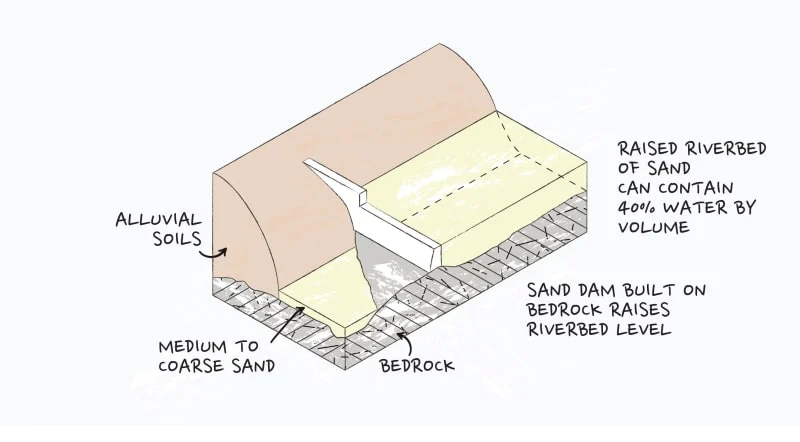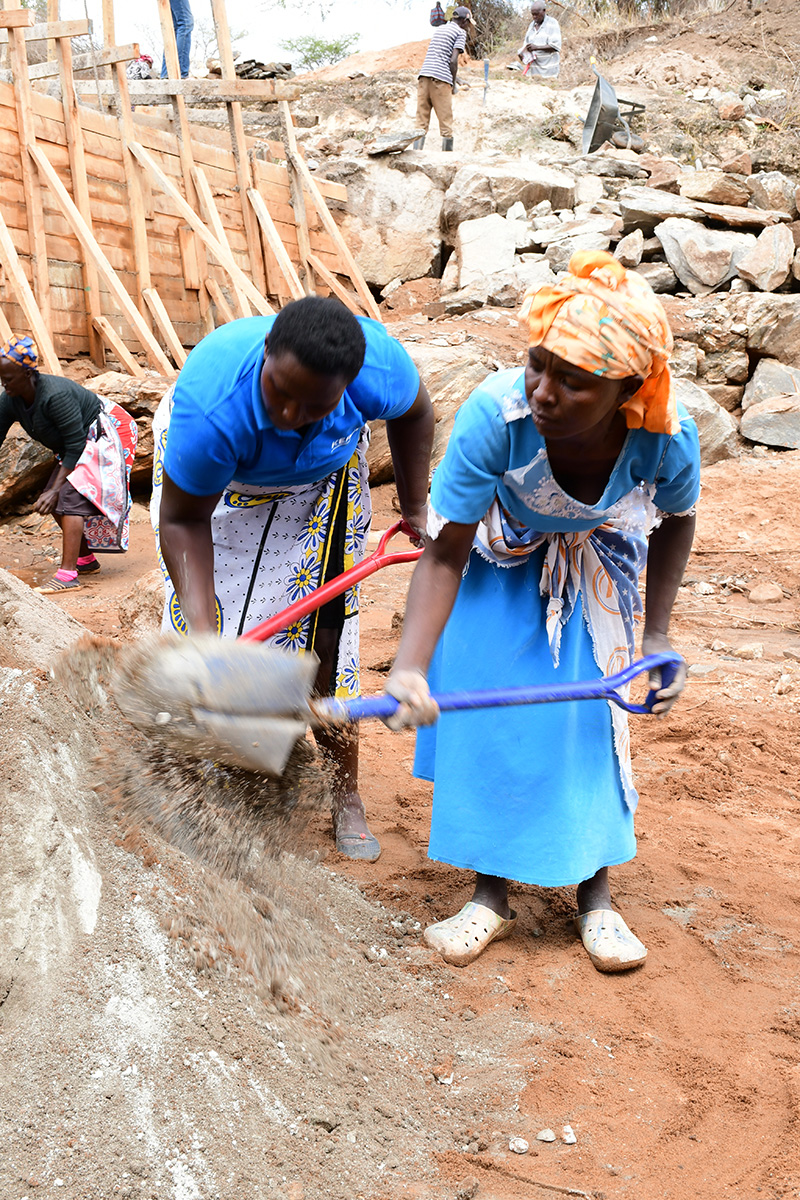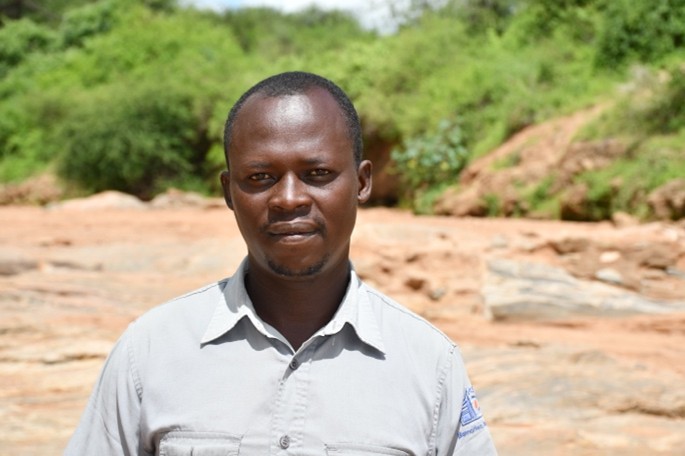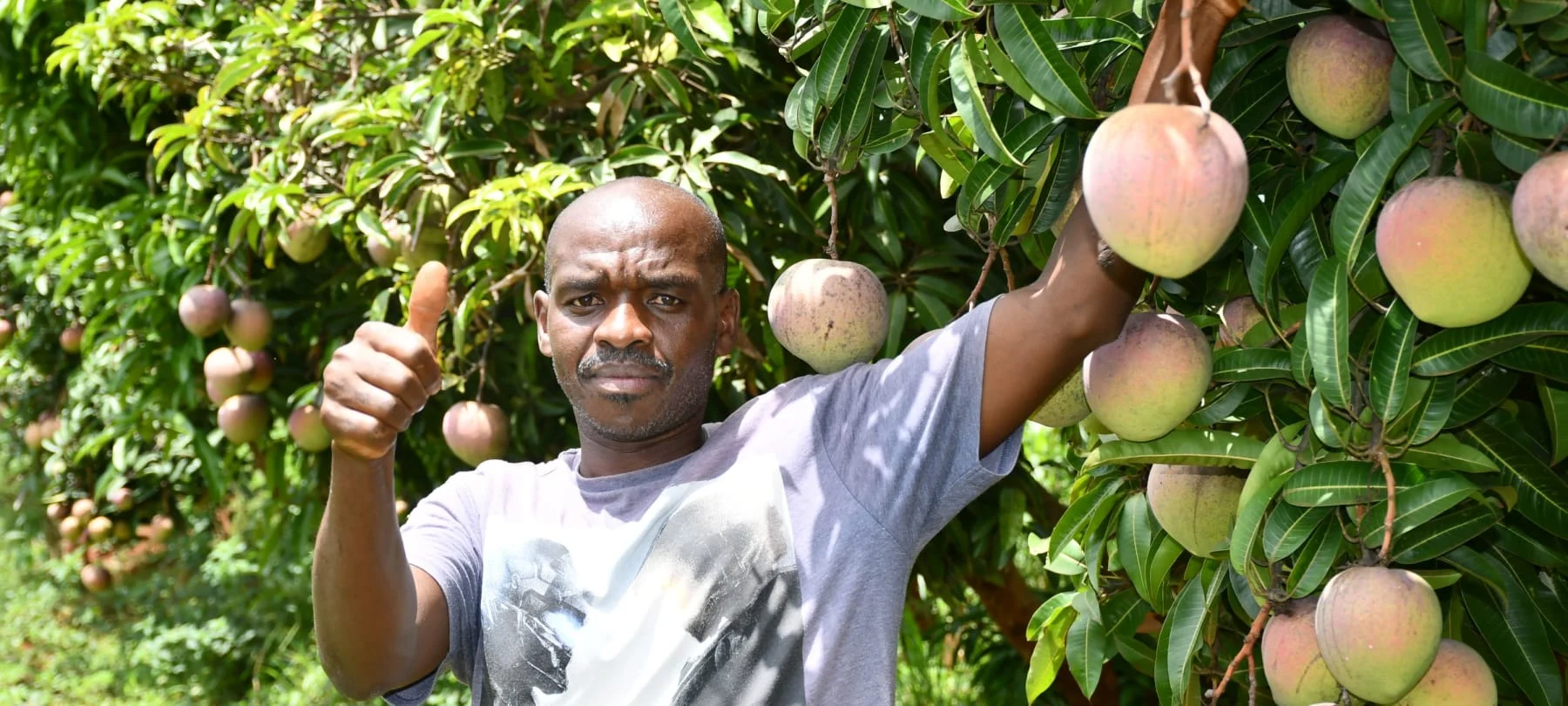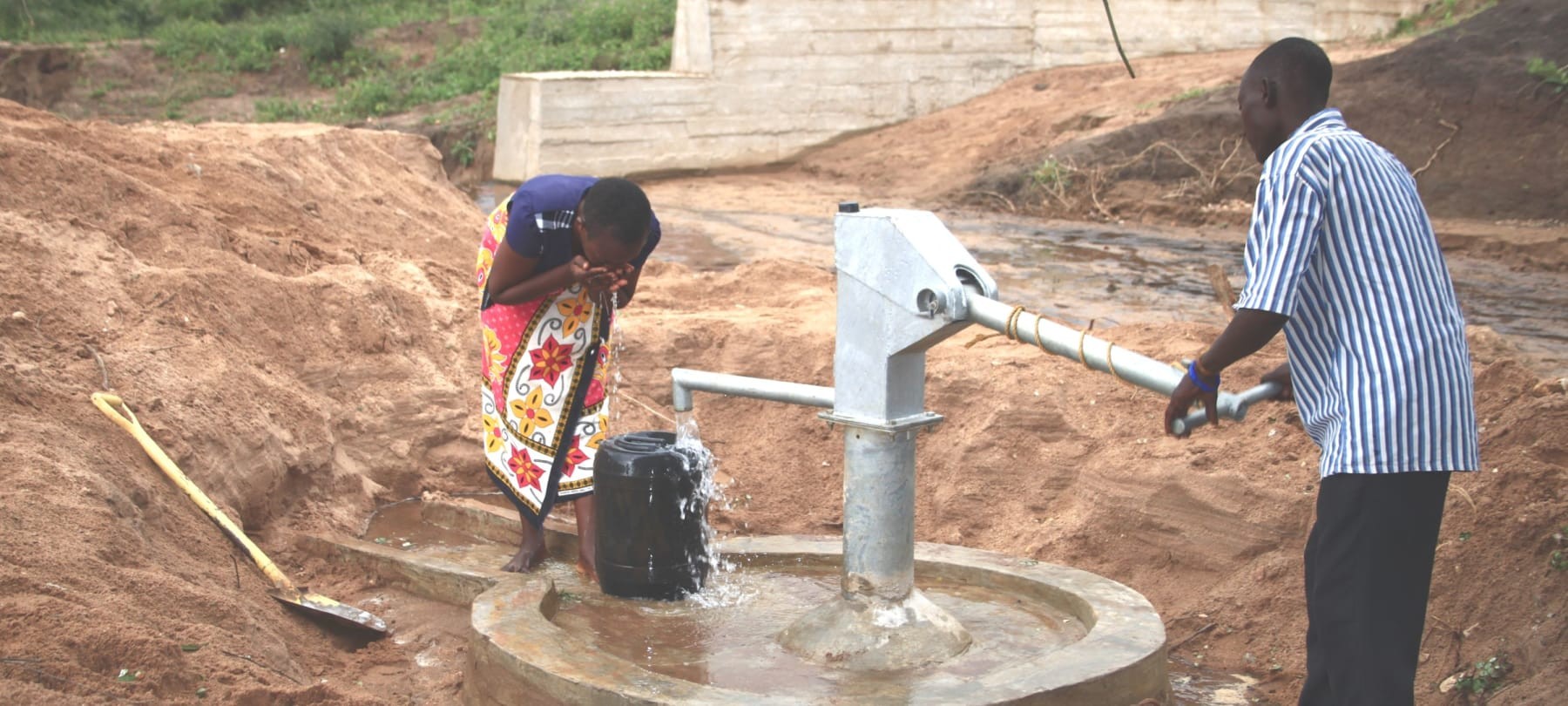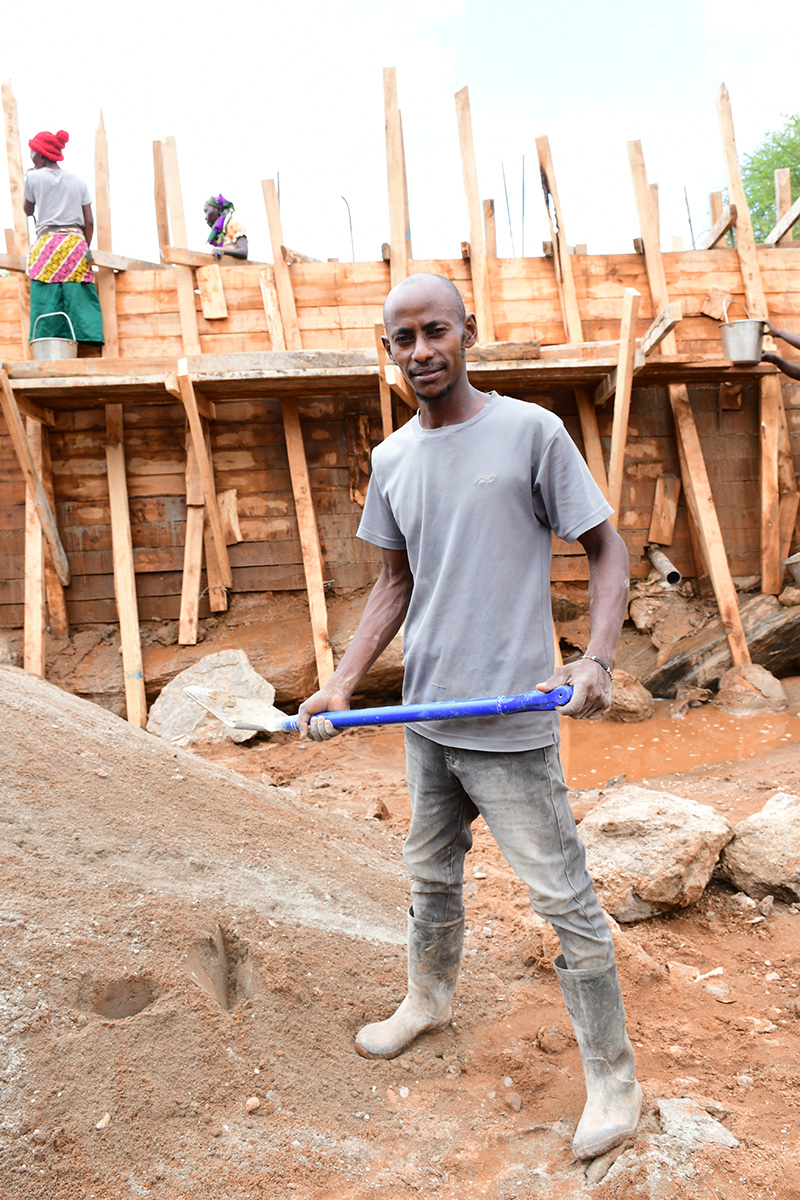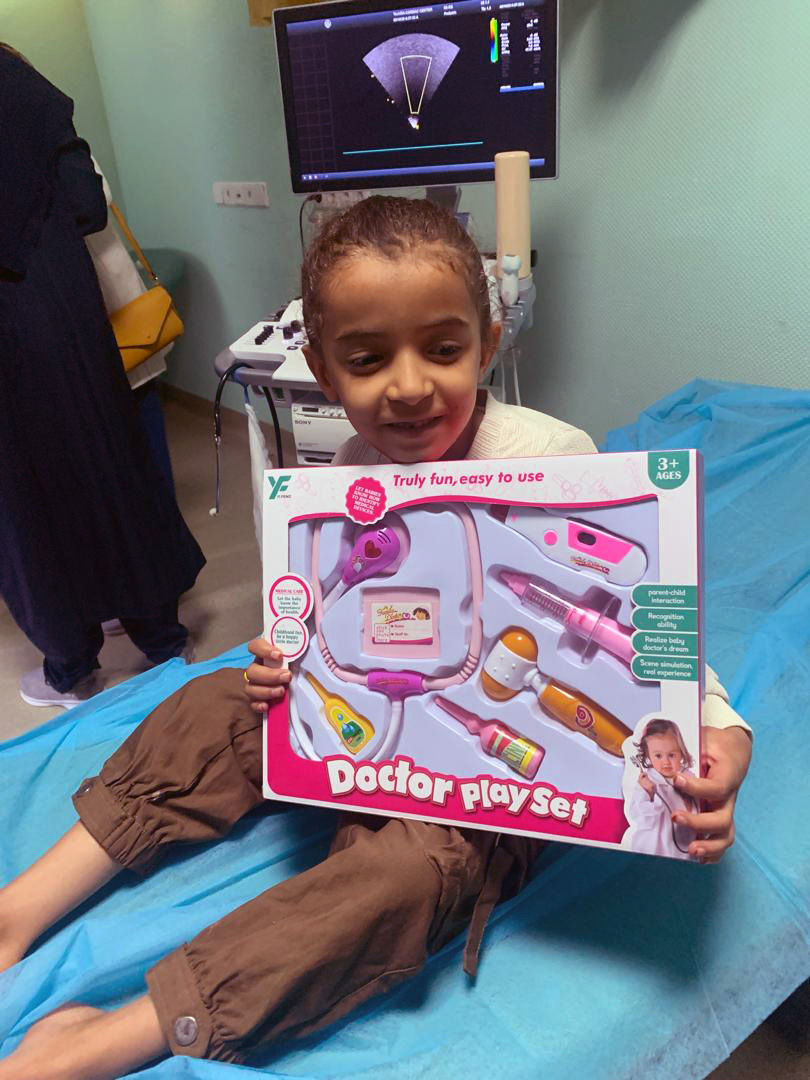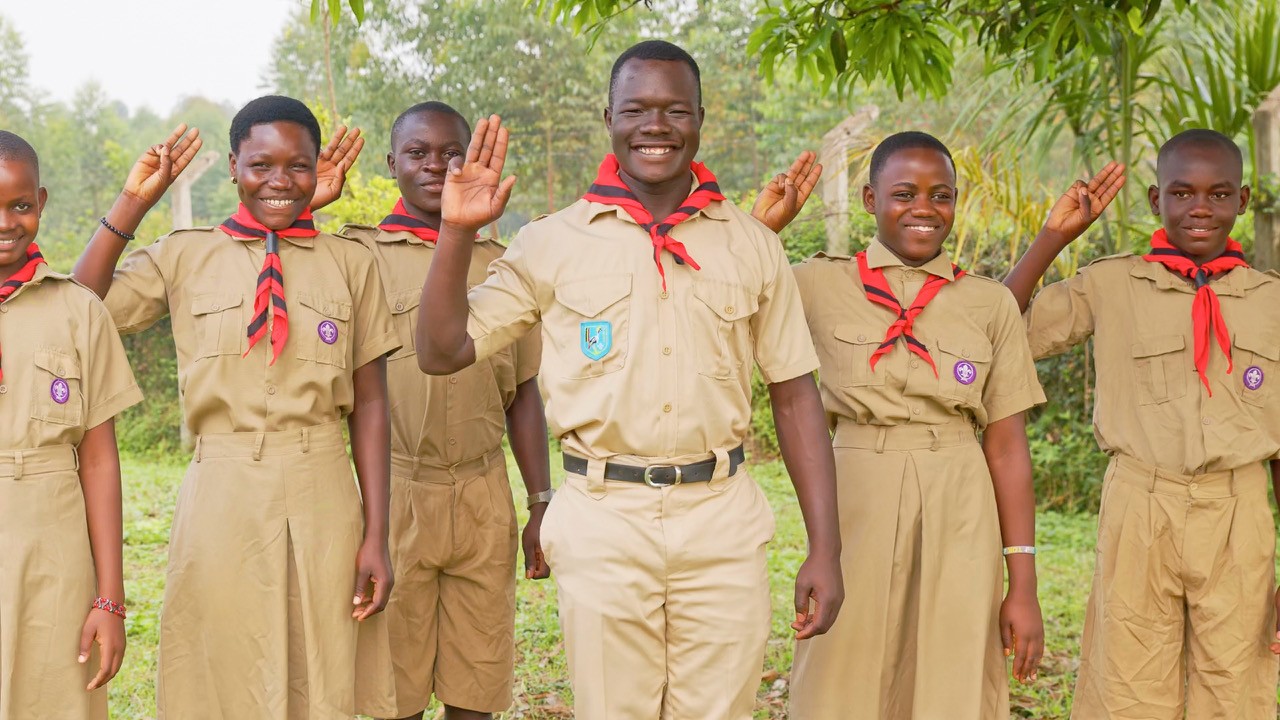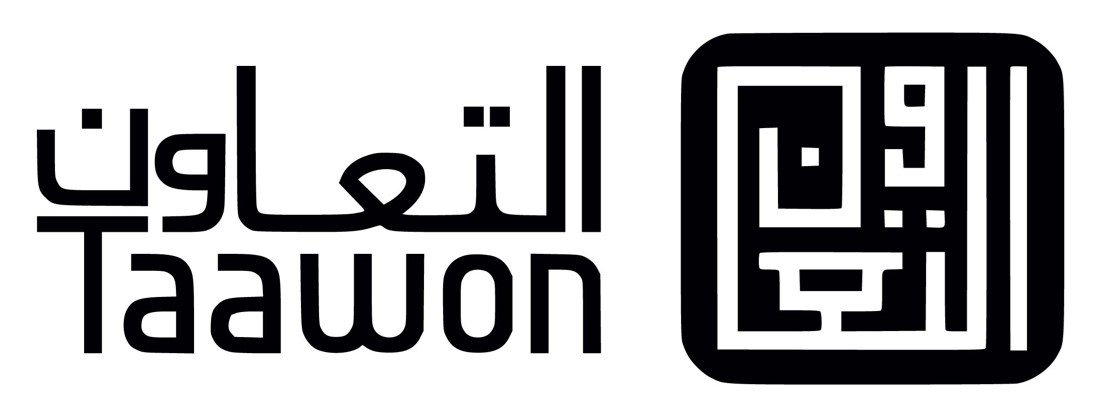- Chestertons International Foundation has funded the build of a Sand Dam in Utui Mweu, southeast Kenya.
- Work started in October 2025 and is due for completion November/December 2025.
- The sand dam build is carried out by the self-help group (SHG)
Key Facts
-
The Utui Mweu SHG has 40 members.
- The Utui Mweu SHG will benefit directly from the sand dam, as well as 550 people from the Nthiiani and Kavatini villages in the area near the sand dam.
-
A further 2,842 people in the Yeekanga sublocation will benefit from living in the same sublocation as the sand dam by:
-
being able to access water from the sand dam, or by the new water source reducing pressure on existing water sources.
-
the sand dams raising the water table and re-greening the area, providing a healthier and more productive environment for the whole of the local population.
Sand dams provide lifelong access to nearby clean water, and once built, can last upwards of 60 years with little to no maintenance or operational costs
A message of thanks
“Your contribution will help support a rural dryland community in southeast Kenya to build a sand dam, enabling them to become food and water secure and safeguarding their livelihoods for generations to come.
Without the help of donors like The Chestertons Foundation, very little of what we do would be possible. On behalf of all the people who will benefit from your support, we would like to convey our heartfelt appreciation” Judith Eaton – Chief Operating Office- Sand Dams Worldwide

 Donate
Donate
